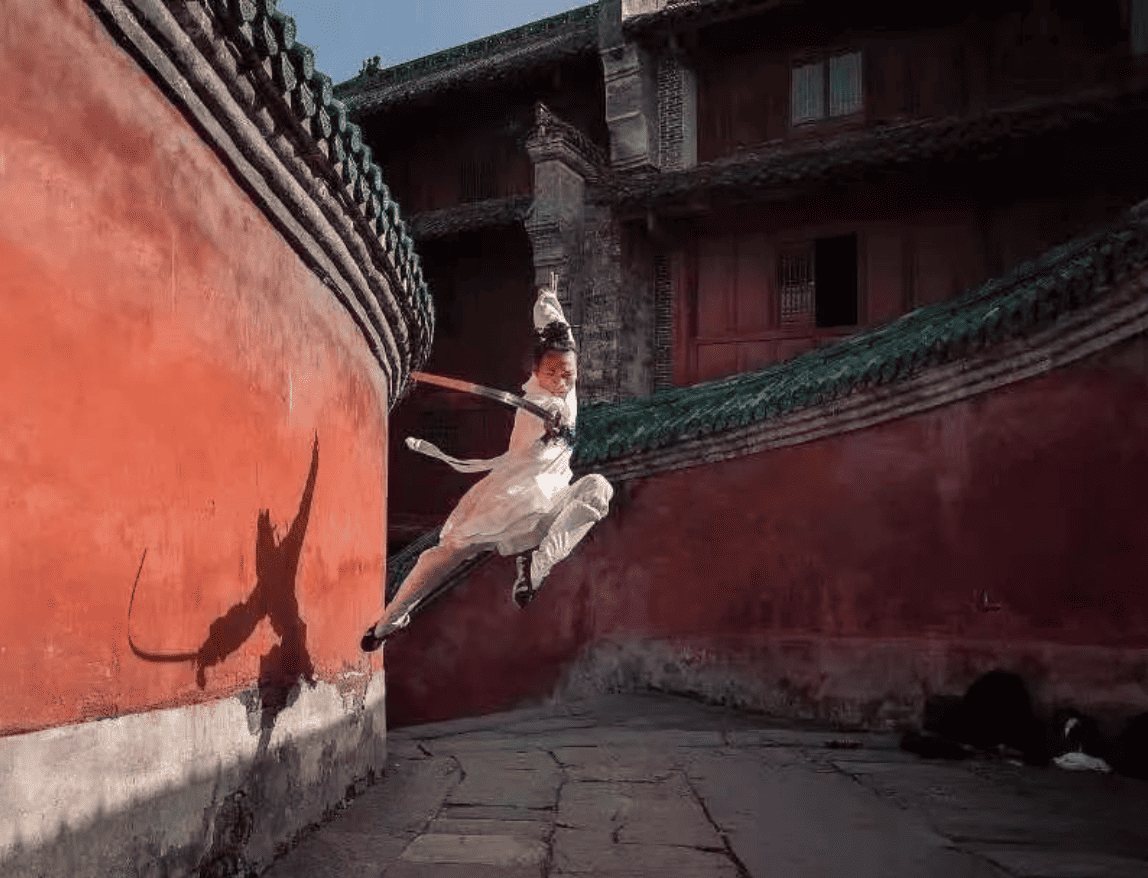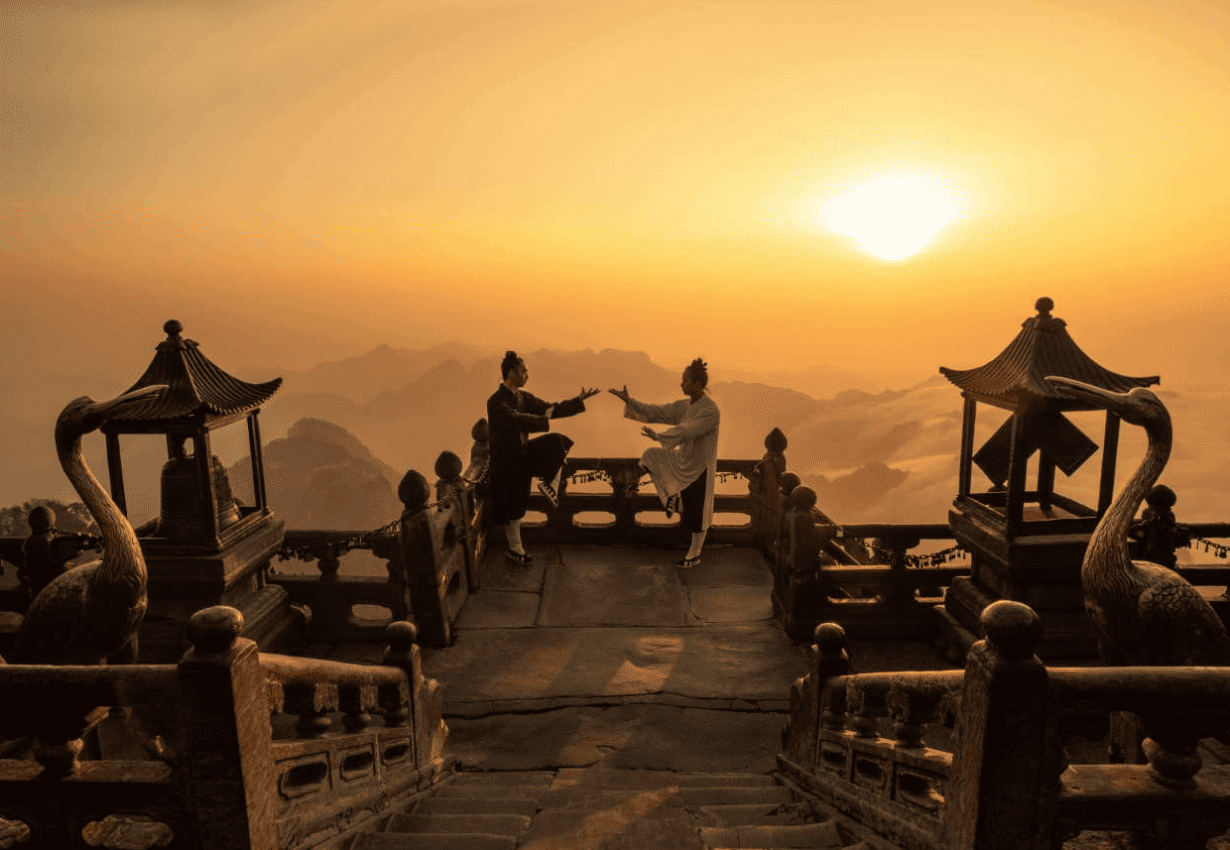Journey to Immortality: Secrets of Taoist Cultivation and Wisdom in Chinese Culture
Intro
Taoism, one of China’s three major traditional religions, has been closely related to Chinese culture since ancient times. It’s not just a religious belief but also a philosophy and way of life deeply rooted in the daily lives of the Chinese people. Taoism’s doctrines, practices, festivals, ceremonies, and its pursuit of health, harmony, and longevity form a rich cultural heritage. This article will explore the origins and development of Taoism, its core doctrines, and how it closely connects with traditional Chinese culture such as diet, health preservation, traditional Chinese medicine, martial arts, and traditional lifestyles. Finally, it will introduce the tourist sacred places of Chinese Taoism, showcasing the charm of this ancient religion.
Ĉiuj VISA-rilataj demandoj estas kovritaj en Ĉina Vojaĝa Gvidilo (Ĝisdatigita la 23-an de januaro 2024)
Por rapida superrigardo, kontrolu Ĉina 144-hora Politiko pri Senvizo
Aŭ Planu vian Vojaĝon al Ĉinio povas helpi vin

The Origins of Taoism
Taoism, a native religion of China, combines the essence of Pre-Qin philosophers, especially the philosophical foundation of Daoism. Around the 6th century BC, Laozi (Li Er) wrote the “Tao Te Ching,” laying the foundation for Taoist thought. Laozi introduced “Dao” as the fundamental principle of the universe, emphasizing the political philosophy of “non-action” and the importance of personal cultivation. Subsequently, Taoism gradually became religious during the Han dynasty, forming various sects such as the Way of the Celestial Masters, Quanzhen Taoism, and the Southern School.
Notable Figures in Taoism
Laozi: Revered as the patriarch of Taoism, his work “Tao Te Ching” is one of the most important classics of Taoism, with a profound influence. Laozi’s philosophy emphasizes natural harmony and living in accordance with nature, deeply influencing subsequent Taoist practice and philosophical thought.
Zhang Daoling: A figure from the Eastern Han period, the founder of the Way of the Celestial Masters. He combined Laozi’s Daoist philosophy, Huang-Lao thought, and folk beliefs to establish the first organized Taoist group in Chinese history.
Qiu Chuji: A high monk of Quanzhen Taoism during the Southern Song period, renowned for his outstanding moral cultivation and profound Taoist practices. Qiu Chuji left a significant mark in the history of Chinese Taoism and inspired many legendary stories.
Ge Hong: A Taoist and scholar from the Eastern Jin period, known for his work “Baopuzi” among others, deeply explored and practiced the art of internal alchemy and the pursuit of immortality, revered as a pioneer of the elixir way.

The Essence of Taoism
Taoism revolves around the concept of “Dao,” an abstract yet profound notion representing the fundamental law of the universe, a transcendent and omnipresent force. “The Tao that can be told is not the eternal Tao” highlights the ineffable nature of Dao, emphasizing its transcendence beyond words and forms. Closely related to “Dao” is “De,” signifying the ability of individuals or things to follow the “Dao.” Taoism advocates living in harmony with nature, following a philosophy of “non-action” in both politics and daily life, exploring the nature of the universe, the meaning of life, and the ultimate goal of becoming one with the “Dao” for freedom and eternity.
Taoist Immortality
In Taoism, achieving immortality through specific practices transcends physical boundaries to attain longevity or become an immortal. Taoist immortality practices are mainly categorized into internal and external alchemy. Internal alchemy focuses on cultivating “essence, qi, and spirit,” transforming internal energy through meditation, breathing, and movements. External alchemy involves concocting elixirs, seeking immortality through alchemical means, historically leading many Taoists to search for magical herbs and minerals.
Taoist Mythology
Taoist mythology is rich with immortals, magic, and supernatural events. Famous stories include “The Eight Immortals Crossing the Sea,” showcasing unique powers and virtues, and “The Alchemy of the Supreme Lord Lao,” symbolizing profound understanding and transformation of natural and internal energies. These stories reflect Taoist views on the universe’s life force and the eternal quest for transcendence.

Taoism and Traditional Chinese Culture
Taoism’s doctrines and practices are closely intertwined with many aspects of traditional Chinese culture, deeply influencing Chinese dietary culture, health concepts, traditional Chinese medicine, martial arts, and everyday lifestyles. The integration of Taoism and traditional Chinese culture enriches the spiritual world of the Chinese people and provides a rich philosophical and practical foundation for the inheritance and development of traditional Chinese culture.
Taoist Sacred Sites in China
Notable sites include Wudang Mountain, renowned for its natural beauty and cultural depth; Qingcheng Mountain, a peaceful paradise and birthplace of the Way of the Celestial Masters; Longhu Mountain, known for its unique landscapes and rich Taoist history; Baiyun Temple in Beijing, a center of Taoist culture and practice; and Kongtong Mountain, an “art museum” of Taoism. These sites are not only spiritual centers for practitioners but also offer unique perspectives on Taoist culture and China’s natural beauty.




Komento (0)